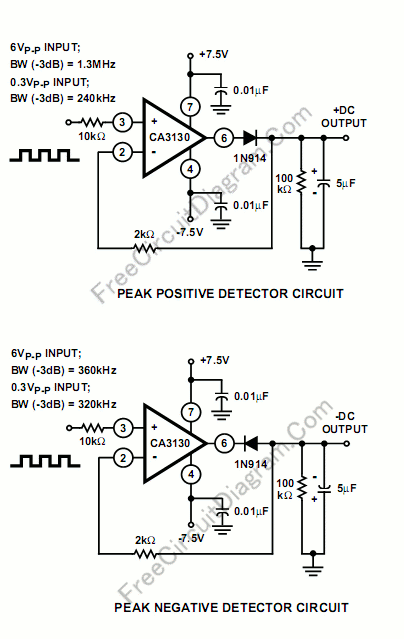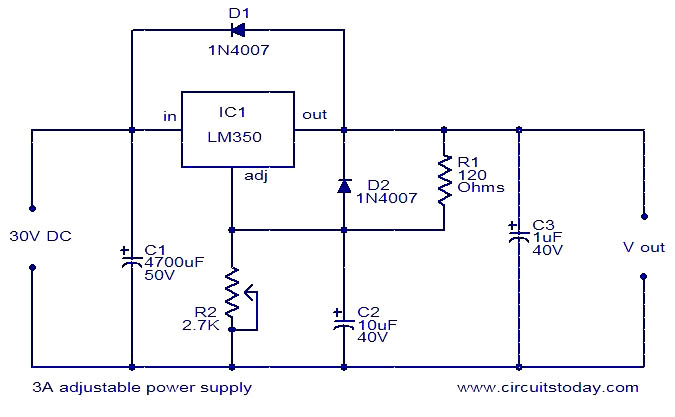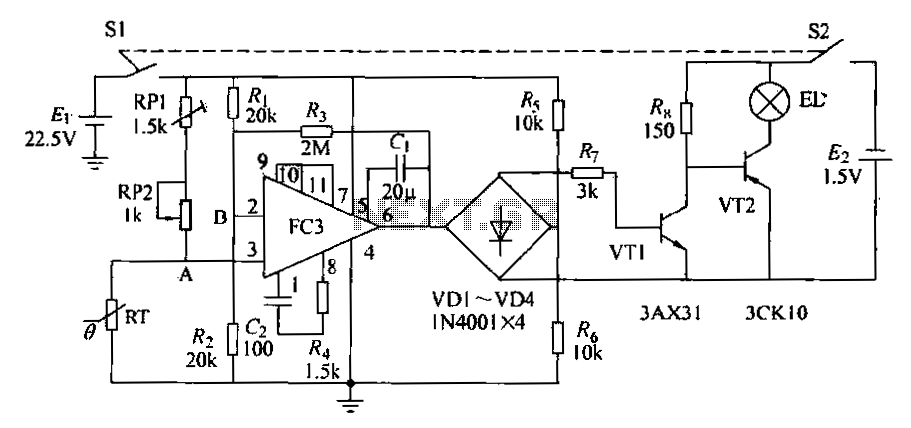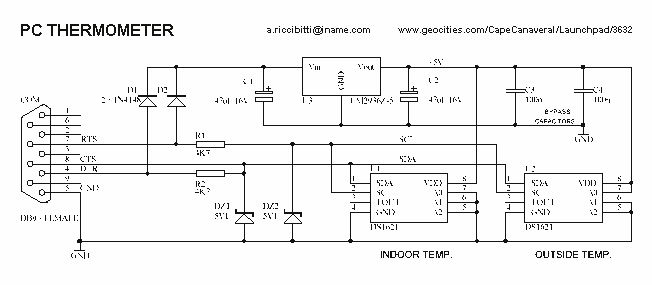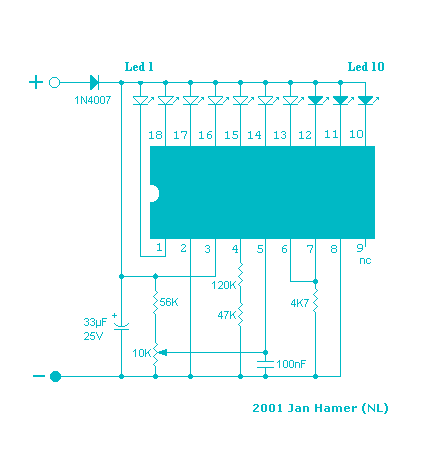
Temperature and relative humidity meter using an inexpensive DHT11 sensor
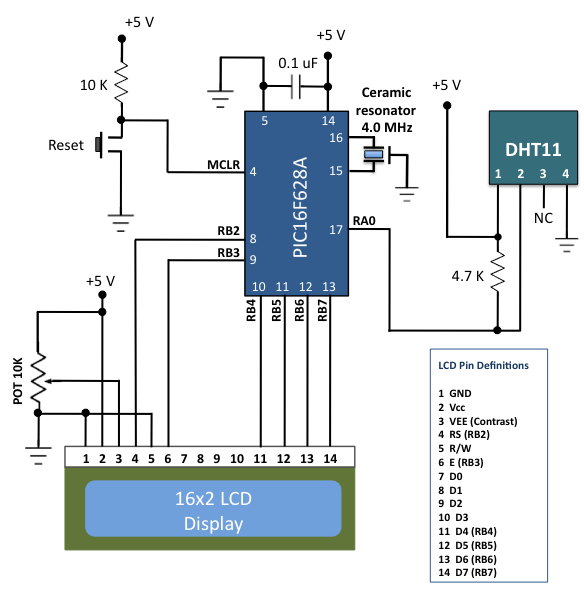
The DHT11 is the most affordable sensor currently available in the market that provides calibrated digital outputs for temperature and relative humidity.
The DHT11 sensor is a low-cost digital sensor that measures both temperature and relative humidity. It operates on a single-wire protocol, allowing for a simple interface with microcontrollers such as Arduino or Raspberry Pi. The sensor typically provides temperature readings in degrees Celsius and humidity readings as a percentage.
Key specifications of the DHT11 include a temperature range of 0 to 50 degrees Celsius with an accuracy of ±2 degrees Celsius, and a humidity range of 20% to 80% with an accuracy of ±5% relative humidity. The sensor is powered by a 3 to 5V DC supply, making it suitable for various applications, including home automation systems, weather stations, and IoT devices.
In terms of integration, the DHT11 consists of a capacitive humidity sensor and a thermistor for measuring temperature. The data output is sent in a digital format, which simplifies the process of reading the values through a microcontroller's GPIO pin. The sensor requires a pull-up resistor connected to the data line to ensure proper signal integrity.
To utilize the DHT11 sensor in a circuit, it is essential to connect the VCC pin to a power source, the GND pin to ground, and the data pin to a digital input on the microcontroller. Additionally, appropriate libraries, such as the DHT library for Arduino, can be used to facilitate communication and data retrieval from the sensor.
Overall, the DHT11 sensor is a practical choice for projects requiring basic temperature and humidity monitoring due to its low cost and ease of use.DHT11 is the most inexpensive sensor currently available in the market that provides calibrated digital outputs for temperature and relative humidity. It is availab.. 🔗 External reference
The DHT11 sensor is a low-cost digital sensor that measures both temperature and relative humidity. It operates on a single-wire protocol, allowing for a simple interface with microcontrollers such as Arduino or Raspberry Pi. The sensor typically provides temperature readings in degrees Celsius and humidity readings as a percentage.
Key specifications of the DHT11 include a temperature range of 0 to 50 degrees Celsius with an accuracy of ±2 degrees Celsius, and a humidity range of 20% to 80% with an accuracy of ±5% relative humidity. The sensor is powered by a 3 to 5V DC supply, making it suitable for various applications, including home automation systems, weather stations, and IoT devices.
In terms of integration, the DHT11 consists of a capacitive humidity sensor and a thermistor for measuring temperature. The data output is sent in a digital format, which simplifies the process of reading the values through a microcontroller's GPIO pin. The sensor requires a pull-up resistor connected to the data line to ensure proper signal integrity.
To utilize the DHT11 sensor in a circuit, it is essential to connect the VCC pin to a power source, the GND pin to ground, and the data pin to a digital input on the microcontroller. Additionally, appropriate libraries, such as the DHT library for Arduino, can be used to facilitate communication and data retrieval from the sensor.
Overall, the DHT11 sensor is a practical choice for projects requiring basic temperature and humidity monitoring due to its low cost and ease of use.DHT11 is the most inexpensive sensor currently available in the market that provides calibrated digital outputs for temperature and relative humidity. It is availab.. 🔗 External reference
